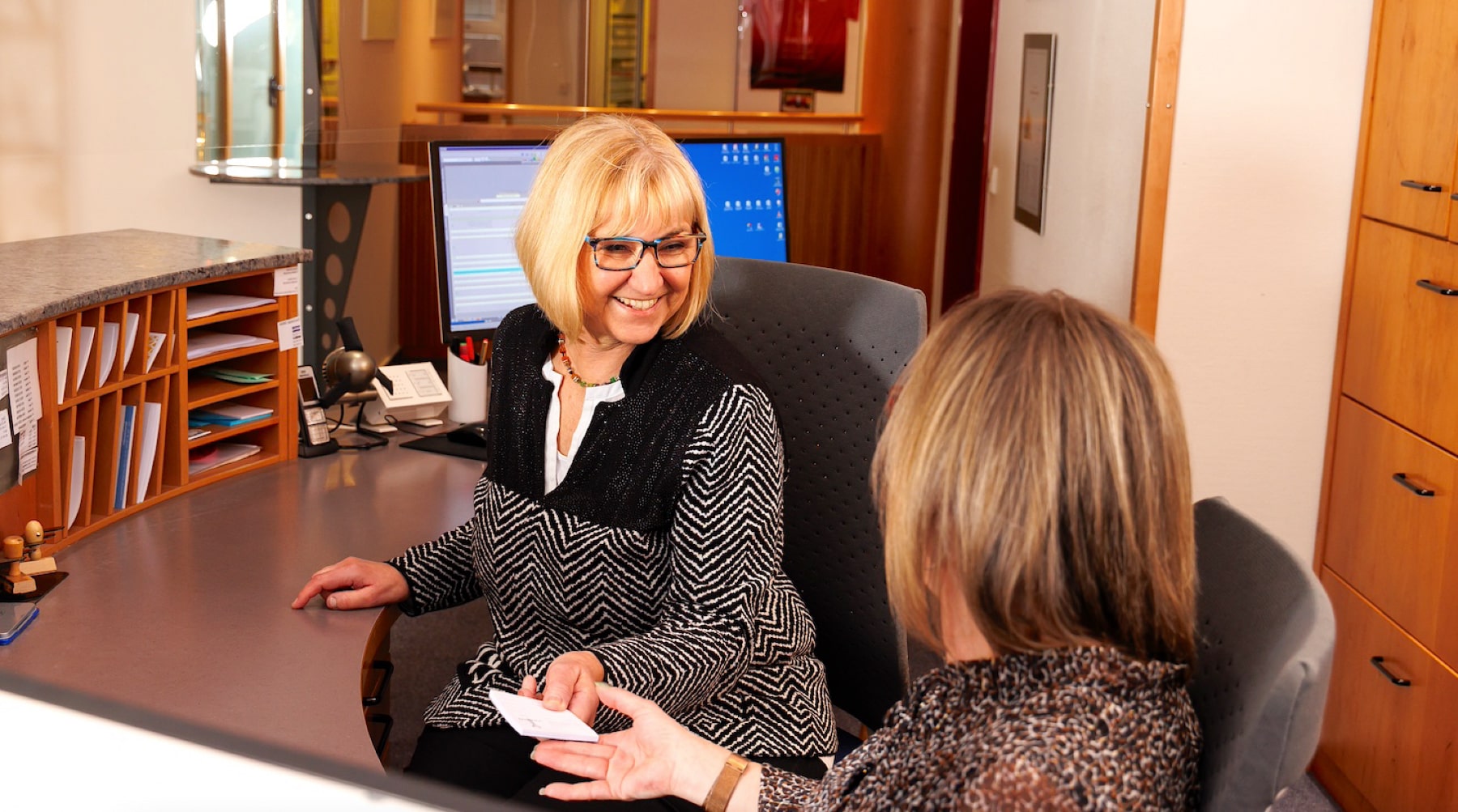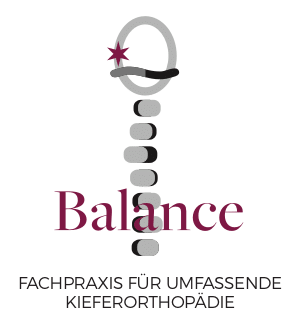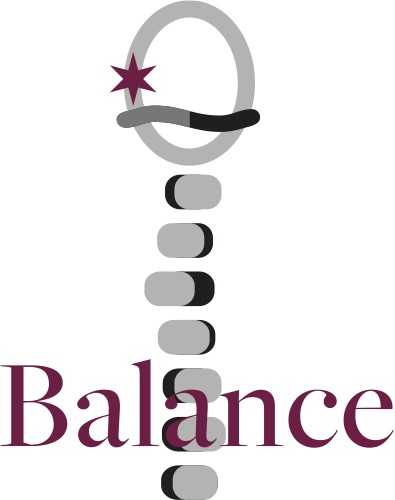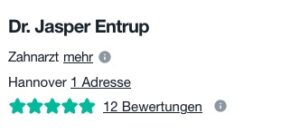
FAQ: QUESTIONS AND ANSWERS
Frequently asked questions about our orthodontic treatments in Hanover
The extraction of permanent teeth involves major risks for the entire organism. Although there are rare exceptions that justify extraction, this is very, very rare in our practice. In these rare cases, special treatment precautions must be taken to minimize the above-mentioned risks.
This cannot be answered in general terms, as the right time for treatment depends heavily on the treatment task. We start so-called early treatments at the earliest at the age of 4. To determine the right time for your child, we recommend that you contact us so that we can carry out an individual assessment for you and your child.
Our oldest patient in Hanover was 76 years old, i.e. there is no upper age limit. Our orthodontic practice in Hanover focuses on invisible treatment methods, including the treatment of patients with craniomandibular dysfunction (CMD). This means that a high proportion of our patients are adults.
A clear no! It all depends on the correct and regular cleaning and care of the teeth. As part of your orthodontic treatment in our specialist practice, you will receive free professional written and oral training in proper dental care during treatment with braces (multi-bracket appliance).
The statutory health insurance funds pay for basic orthodontic treatment for children and adolescents up to the age of 18 (start of treatment) and for adults only if there is a so-called severe jaw anomaly that requires orthodontic surgery. Treatment of so-called minor jaw anomalies (orthodontic indication groups = KIG 1 or 2) and additional services such as functional diagnostics and therapy of the temporomandibular joints, complementary medical services such as acupuncture, more complex treatment procedures such as lingual technology, etc. are not covered. During your first orthodontic consultation, you will receive detailed information about the options available to you regarding the costs of your orthodontic treatment. We expressly point out that patients in KIG 1 or 2 often have serious health problems in terms of the balance treatment concept due to disorders in the dental, oral and maxillofacial area. We therefore advise all those with statutory health insurance to take out private supplementary insurance for themselves or the children to be treated (8-month waiting period) before the first orthodontic consultation in our practice in Hanover. Before taking out insurance, please check whether the contract provides for coverage of benefits for orthodontic services even if the statutory health insurance does not cover the costs due to the applicable orthodontic indication groups = KIG 1 or 2.
See also: https://youtu.be/rqqAVb2CF0s
In principle yes, even without an age limit. However, there are so many different tariff forms in private health insurance that precise information about the performance of your insurance contract is only possible after a thorough examination of the contract documents. As a general rule, private health insurance only covers the risk that was unknown when the contract was concluded without risk surcharges, so it is advisable to optimize your insurance cover before your initial orthodontic consultation. Please contact us, we will be happy to advise you. Recently, the reimbursement behavior of some private insurers has deteriorated dramatically. With the help of so-called consultant dentists, who wish to remain anonymous and are in the service of the insurance companies, anonymous cost audits of the treatment plans are carried out, and the planned treatment and the assumption of the treatment costs are questioned in whole or in part with questionable professional arguments, with the transparent aim of unsettling patients in their decision to undergo treatment and saving treatment costs. In this respect, some insurers, including well-known ones, have attracted very negative attention to the detriment of their insurers. But even in such cases, the costs can usually be covered with the help of independent experts.
No, because this is a complex problem. Simply stopping sucking, e.g. by banning it without accompanying orthodontic treatment, harbors health risks. In an orthodontic consultation, we will be happy to explain the individual correlations and alternative and, above all, more sustainable solutions.
Unfortunately not always… The opposite can (not infrequently) be the case. The intensive specialist dental examination according to the Balance treatment concept can provide clarity here. Conversely, however, a treatment result according to the Balance treatment concept has the charm of natural, individually optimized esthetics. This is not based on standard values, but on the optimum setting of the functional circuits. This makes it possible to achieve a functional improvement at the same time, even with treatments that are primarily aimed at improving individual aesthetics, but above all to avoid causing any undesirable functional disadvantages as part of an aesthetic optimization.
In principle no, but due to the great importance of the teeth for the nervous system, almost every deviation from the optimal position causes a peripheral adjustment of the functional circuits in the sense of a static compensation, especially of the upper musculoskeletal system, i.e. as a rule above all of the cervical spine.
In the vast majority of cases, there is a genuine malfunction, which is unfortunately still presented too harmlessly in specialist circles today, as subjectively only minor discomfort occurs in the temporomandibular joint for years. In fact, it is often a disease with serious, sometimes irreversible damage to the health of the whole organism.
See also: https://youtu.be/B9HDMLxNdKo
No! However, there may be inadequate nutritional conditions of the tissues that cause damage. During treatment according to the Balance treatment concept, we take care of optimizing your diet so that such deficiencies are avoided.
The toxins in the smoke (nicotine and tar substances) hinder the tissue in its remodeling activity. Irreparable damage may occur. It is therefore best to use orthodontic treatment as an opportunity to at least reduce smoking or, ideally, to stop smoking altogether. We can support you here, for example, by using ear acupuncture.
In principle, yes! In the Balance treatment concept, however, we go to great lengths to eliminate this risk in order to obtain only the major benefits of this treatment device.
Removable and fixed braces have different functions and are both useful for their specific treatment task. As a rule, they cannot replace each other. The respective advantages and disadvantages of removable and fixed treatment methods should be tailored to the individual patient case during the orthodontic consultation in our specialist orthodontic practice in Hanover. In principle, no method that corresponds to current orthodontic progress should be excluded. Therefore, the repertoire of our treatment options consists of both invisible and visible, fixed and removable methods and in most cases it is possible to choose from the different methods together with our patients.
The bionator is a good treatment appliance for about 20% of orthodontic treatment tasks. Unfortunately, because of its name “Bio”, the device is probably thought to have more biological effectiveness than the form of therapy can actually achieve. The Bionator is a good device for certain tasks, nothing more. From our clinical experience as a holistic orthodontic practice, we advise caution if it is to be used as a panacea, especially in adults.
The truth is: In the first 3 to 7 days after insertion of the appliance, you may experience discomfort or a feeling of pressure, which in almost every case will subside completely afterwards. The intensity of this discomfort varies greatly depending on the individual’s general sensitivity. In recent years, modern orthodontics has made enormous progress in terms of reducing pressure by using more biological forces and materials, so that today around half of patients no longer experience any restrictions at all.
A clear no! If the dental care guidelines are followed, no difference can be seen with the naked eye compared to the untreated tooth. Many patients assume that attaching brackets to the teeth, for example, requires the teeth to be ground down. In fact, the brackets are glued on and come off in the same way. The differences that can be detected by electron microscopy also disappear after a few weeks due to remineralization from the saliva.
The long-term maintenance of the treatment result is at least as important as the treatment itself. It is therefore important to find biological ways of doing this with as few side effects as possible. That’s why we developed the Balance Retainer. For more information: https://www.dr-entrup.de/behandlung/kieferorthopaedie-hannover-langzeitstabilitaet and: https: //www.youtube.com/watch?v=9qjBRbDsEhg







